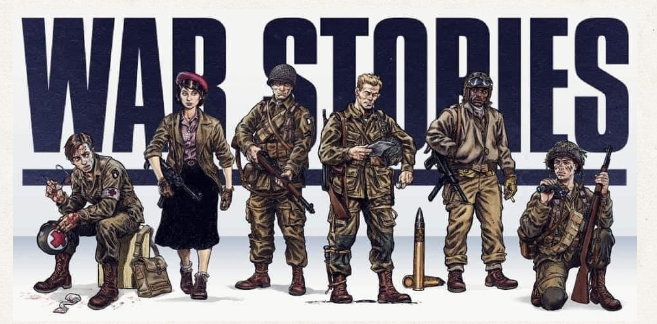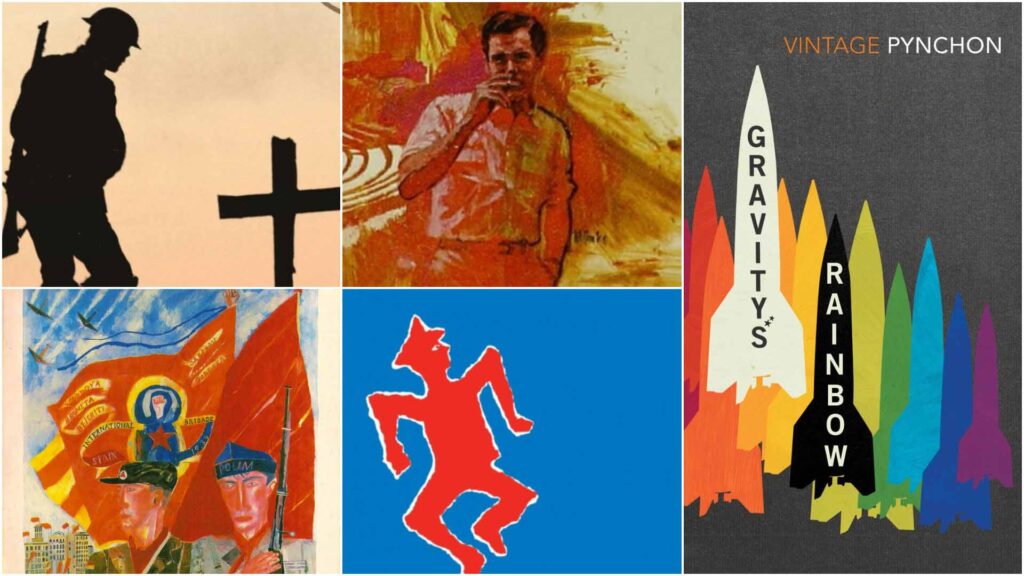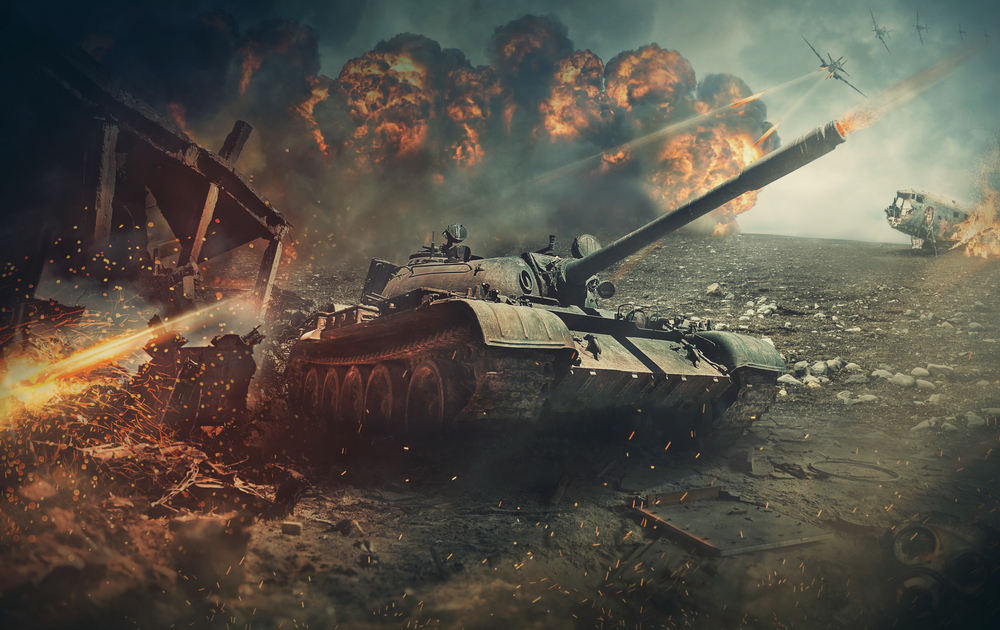War and Culture: How Conflict Shapes Societies and Identities

War, a phenomenon as old as civilization itself, leaves an indelible mark on the societies it touches. Beyond the immediate consequences of loss and devastation, war has the power to reshape cultural identities and societal structures profoundly. This transformation can be observed through various lenses—language, traditions, national boundaries, and even the collective psyche of the affected populations.
One of the most visible impacts of conflict is the way it alters national identities. Countries that emerge from the ashes of war often experience a renaissance of national pride and identity. For instance, the conclusion of World War II saw the birth of numerous independent nations, each forging a new sense of identity from the shared experiences of conflict and resistance. This period also witnessed the intensification of nationalistic sentiments which, in many cases, led to further internal and external conflicts.
The Role of War in Cultural Exchange and Influence

Ironically, while war is a force of destruction, it also acts as a catalyst for cultural exchange and influence. Military occupations, alliances, and the resulting interactions among people from different backgrounds create a cultural melting pot. For example, the spread of American culture across Europe post-World War II, from jazz music to jeans, showcases how military presence can influence local cultures in profound and lasting ways.
Cuisines, languages, and artistic expressions blend at the borders where soldiers and civilians meet, often creating new cultural norms and practices. The American influence on Japanese culture post-1945 is a prime example, where American customs and consumer goods blended into Japanese society, influencing everything from fashion to pop culture.
Preservation and Loss of Cultural Heritage in Times of War
War’s impact on cultural heritage is twofold. On one side, the destruction of physical monuments and artifacts can result in irreparable losses to cultural heritage. The bombing of Dresden, the destruction of the Buddhas of Bamiyan, and the recent damage to historical sites in Syria are stark reminders of the vulnerability of cultural treasures during military conflicts.
Conversely, the threat of destruction often leads to efforts to preserve cultural heritage. During World War II, for instance, countless artworks were moved and hidden to protect them from the Nazis. More recently, digital technology has allowed for the digital preservation of artifacts and historical sites, ensuring that even if physical objects are lost, their cultural significance and details remain accessible to future generations.
War and the Evolution of Cultural Practices
Cultural practices often evolve significantly in response to the realities of war. Traditional festivals, music, and literature can acquire new meanings or reflect the changed realities of a society in conflict. For example, folk songs and literature during the Vietnam War era in the United States reflected the nation’s deep divisions and the intense emotions of the time. Some of these significant works have often inspired young people, and even today members of the Readathon school fundraiser organization are successfully working on developing their good reading habits with some works of serious literature.
In war-torn regions, art becomes a powerful form of resistance and a means of processing trauma. Street art, for example, has played a significant role in conflict zones from Bogotá to Beirut, giving voice to the oppressed and offering a form of psychological relief, as well as a commentary on the state of affairs. Such works showed the true opinion of people about the time they live in, and in addition, some works of art simply served to divert the minds of the masses from everything that is happening and entertain them in a unique way, improving the mood, at your celebrations it is also important how the atmosphere would remain cheerful and positive, which is why you can hire an emcee.
The Social Fabric: How War Changes Societal Norms and Roles
War also leads to significant shifts in societal roles. The involvement of women in workforces during the world wars is a prominent example. As men went off to fight, women took up roles that were previously denied to them, leading to shifts in gender norms and accelerating movements for gender equality. The promotion of such values and changes has continued today and more and more people are getting involved, if your business also needs a good promotion so that more people know about your brand and ideas, you can turn to an excellent Colorado Springs SEO company that will do a successful promotion plan for you.
Moreover, war often necessitates and accelerates social changes that might otherwise have taken much longer. The integration of various ethnic and social groups into armies, workforces, and refugee communities can lead to a rethinking of previously held societal biases, fostering a more inclusive cultural identity. If you rent a car in Beograd and visit some of the Balkan countries whose turbulent past was quite full of wars, you will be able to see for yourself some of the significant social changes that followed precisely as a result of such consequences and events.
Rebuilding and Reconciliation: The Post-War Cultural Landscape

In the aftermath of conflict, societies face the dual challenge of rebuilding their communities and reconciling their divided populations. Post-war reconstruction is not just physical but also cultural. Nations must rebuild their cultural institutions, revive their traditions, and often, reinvent their national narratives. Damages that occur must be repaired in the right way and quickly and as soon as possible to bring society to a point from which it can continue to progress, you can apply this to your problems, where you will be able to repair and improve your broken or damaged car in a fast and reliable way at the transmission service in Buffalo, solving the problem you were concerned about.
Reconciliation processes, such as those seen in South Africa post-apartheid and in Rwanda after the genocide, highlight the role of cultural initiatives—such as truth and reconciliation commissions, memorial projects, and community art—in healing and uniting fractured societies. These efforts are crucial in redefining cultural identities and establishing a shared history and values that look toward the future while acknowledging the past. Reconciliation and rapid restoration are something that push society forward and ensure further developments that must not stop, such as new scientific and technological advances that parallel the development of telecommunications and the demand for millimeter-wave products.




